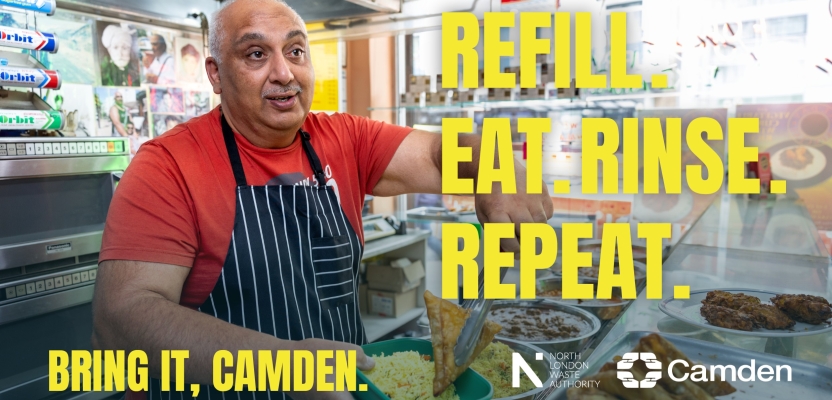In a world where sustainability campaigns often feel distant and impersonal, Anya Parakh, a Graphic Designer at Shape History, set out to change the narrative—literally. Tasked with inspiring North London residents to reduce their use of single-use plastics, Anya and her team didn’t just create a campaign; they sparked a movement.
With a fresh blend of local heroes, quirky creativity, and a dash of humour, they turned the challenge of "remembering your reusables" into a vibrant, community-driven revolution. Here’s how Anya helped transform North London’s streets, cafes, and conversations into a colourful canvas of environmental action.
What was the brief?
The brief was to create memorable content that inspires residents of north London neighbourhoods to reduce their use of single-use plastics. The campaign aimed to demonstrate that switching to reusable products is both easy and doable, while also focusing on ‘local heroes’ to foster a sense of community-driven impact by encouraging a narrative of "others are doing it, so I should!" The ultimate goal was to motivate individuals to bring their reusables whenever they visit cafes, shops, and takeaways.
How did the initial pitch/brainstorming phase go?
The brief for the campaign was focused on ‘local heroes’ and bringing in individuals from the community, so we brainstormed creative ways to do that for the pitch, including telling quirky stories about unique locals with reusable habits. This won us the pitch. However, once we started developing our ideas, we realised that finding these unique locals with reusable habits and quirky stories would be very difficult.
So, we took a step back and looked at what we knew about our audience’s feelings towards reusables. One big insight stood out: most people really want to use them, but they just forget! From there, we brainstormed a few fun creative directions. One idea was to give coffee cups and Tupperware personalities, making them plead with their owners not to leave them behind.
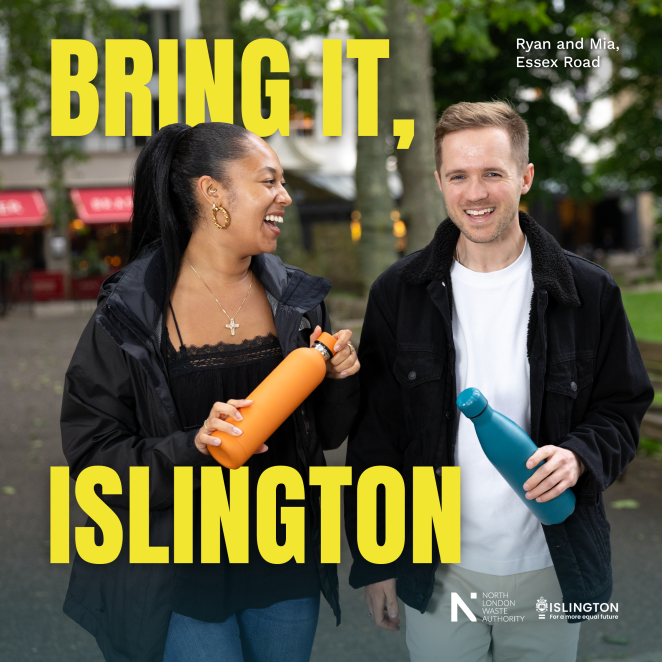
Another concept involved leaving little notes on products as reminders and sweet messages from locals. And the third, which ultimately became our final concept, centred around the theme of 'Bring It' - i.e. encouraging people to level up their reusable gaming using motivational, community-focused language.
We took these three ideas to the streets of Barnet and asked locals what they thought. A lot of people loved the humour of our cute, sad cups, but the overall favourite was the more upbeat and vibrant 'Bring It' concept.
What was the biggest challenge during production? How did you overcome it?
The biggest challenge during production was creating a large number of assets in a relatively short time frame, with each billboard and poster needing to be relevant to its specific location. The diverse content spread across north London required extensive mapping of over 100 images, products, and business graphics to various sites in a way that made the most strategic sense.
For example, we had to ensure that an image of someone holding a coffee cup was placed near a local cafe that accepted reusable cups. This involved a lot of cross-checking designs with postcodes, which was a fairly new process for the designers on the project.
What kit/tools/software were used to create the project?
We used Adobe Photoshop for all photo editing, Adobe Illustrator for smaller production pieces and Adobe Indesign for large scale print.
What is one funny or notable thing that happened during production?
During production, we had to crop arms, heads, and elbows to fit into the typography, which resulted in a rather questionable folder on our drive filled with cropped body parts. It was definitely a weird surprise for anyone who accidentally stumbled upon it!
What’s the main message of this project and why does it matter?
The key message of this project is that the only way to tackle the current climate crisis is by galvanising communities to support and amplify individual action. North London is brimming with fantastic people who contribute in their own unique ways. Each borough is a vibrant community of individuals, and while we may have different backgrounds, we all share a common goal: to eliminate single-use plastics.

Yet, there are times when we simply forget to grab our tote bags, bottles, cups or food containers. That’s why we’re calling on everyone in the community to join a reusable revolution and encourage others to do the same. This initiative serves as both a reminder and a challenge: when you make the effort to reduce single-use plastics—whether it’s your cup, Tupperware, or water bottle—you’re not alone; the community is right there with you.
How long did it take from inception to delivery?
The project took a little over a year from the initial kickoff meeting to the final delivery. We started by focusing on one borough, Barnet, which successfully went live within six months of the initial concept. Shortly after, the scope expanded, and we were tasked with rolling out the campaign across five additional north London boroughs.
This phase was completed in a much shorter time frame, which was an intense yet exhilarating experience. The strategy and creative teams worked tirelessly, coming together to write copy and design for over 100 graphics for both print and digital platforms in just about six weeks.
Can you describe the creative spark or inspiration behind the initial concept? Was there a specific moment or insight that ignited the idea?
The inspiration for the initial concept stemmed from a simple yet powerful insight: many of us have best intentions to use reusables, but often we just… forget to bring them. It was refreshing to lead with this very relatable, human insight, rather than getting lost in the noise of sustainability and the complex relationship people have with
the environment.
The phrase "bring it" was cleverly chosen for its dual meaning—encouraging people to both accept the challenge and physically bring their reusable items. The simplicity of the campaign allowed for two key messages to shine: bring your reusables and join the community movement to reduce plastic.
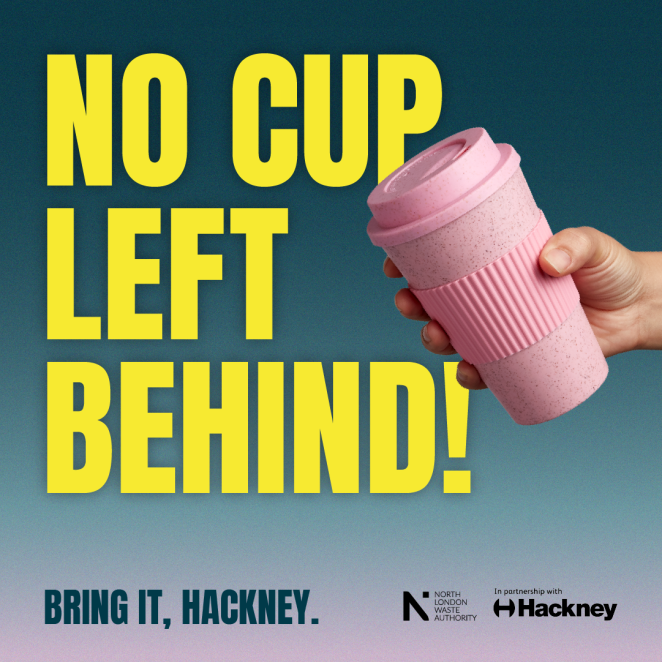
From there, it was all about making the creative the bright, eye-catching reminder people and local businesses needed to take action and bring their best for the borough.
How did you ensure that the concept aligned with the brand's values, goals, and target audience?
Following our kickoff, we began exploring the factors that would ensure the campaign's success. We clarified the key outcomes and mapped the relevant audiences through collaborative workshops with the partner. We identified the target audiences we needed to reach, influence, and engage to support the campaign.
We explored what would motivate their support by considering what we wanted them to think, feel, and do. We considered the best way to engage the community—through local councils, door-to-door, and social media… and finally delved into what would be the barriers to their engagement and explored effective strategies to overcome them.
By the end of these sessions, we had a clear understanding of the target audiences, key engagement strategies, and well-defined granular outcomes that all aligned with NLWA’s values, goals, and target audience.
Can you discuss any collaborative or interdisciplinary aspects of the ideation process, such as working with other departments or external partners?
We worked closely with the North London Waste Authority (NLWA), the media companies (Global, ClearChannel, JCDecaux), as well as the local councils of the six north London boroughs (Barnet, Camden, Hackney, Haringey, Islington and Enfield) to create a truly universal campaign that resonated with all boroughs and their residents. Within Shape History, our multidisciplinary team of strategists, designers, creatives and project managers worked together seamlessly to bring this campaign to life.
What role did consumer research or market analysis play in shaping the concept and its execution?
Changing behaviour doesn’t happen overnight; it requires in-depth research, serious strategy, and a little bit of patience. Our research, which included street interviews and a comprehensive benchmark survey with local residents, revealed the real drivers behind their behaviour and barriers to change.
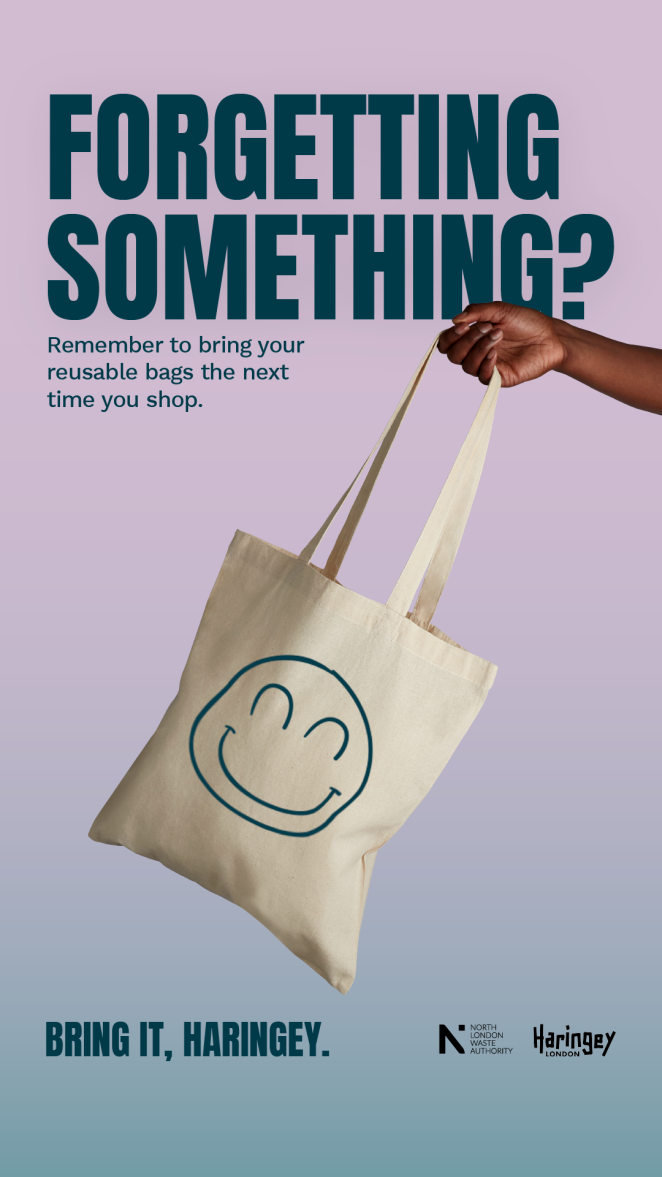
Key findings:
- Over 95% of north London residents use reusable bags.
- 90% already use reusable water bottles.
- 80% said they want to reduce the amount of single-use plastic they use when buying food and drink.
- 78% are concerned about the environmental impacts of single-use plastic.
This helped us understand that residents are generally already aware of the impact of switching from single-use plastics to reusables and that many are already engaging in some form of these desired behaviours (e.g., bringing a reusable bag with them when they shop). However, many residents needed a nudge or a reminder—and in some cases, education - about how they can be a better reusable hero.
We also found that motivation to act was missing. Therefore, our campaign focused on reminding, informing and motivating using inductive reasoning (e.g. your neighbours are doing it, so should you!) to encourage widespread adoption of reusable practices.
How did you ensure that the concept remained innovative and stood out in a crowded marketplace?
One of my favourite aspects of the project was highlighting individuals and businesses within the communities where we ran the campaign. Having the opportunity to not only hear directly from them, but then design billboards and posters across London where someone might see their neighbour, their best friend’s older sister, their favourite uncle, etc. was incredibly special and something that we did to connect with people on a personal level.
The campaign is about our everyday, unsung climate heroes who are just kind people trying to do their bit to create cleaner, safer and more sustainable communities. By representing this in the most real way possible, using real people as models, we created a sense of anticipation and amusement. People were eager to spot their mom or friend on billboards and bus stops, adding an unconventional and fun element to the campaign.
What do you hope it achieves for the brand?
Initially, residents told us that they were sceptical of local authority interventions to tackle environmental issues. However, the campaign has successfully reached up to 10 million people across the north London boroughs.
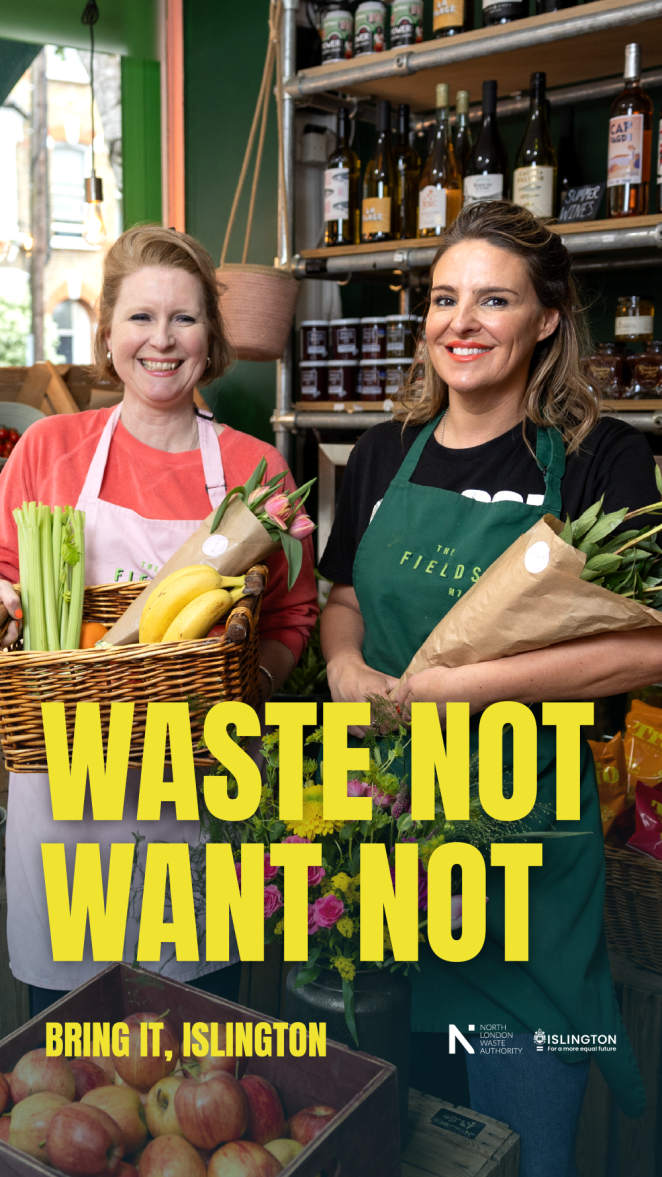
By encouraging residents in a positive, energetic way to engage with the issue of single-use plastics, we believe that the NLWA has become a more visible brand to local residents and that some of that initial wariness has been overcome.
Credit list for the work?
Strategy
Callum Jackson, Strategy Lead, Shape History
Haseeb Qureshi, Senior Strategy Executive, Shape History
Lewis Parker, Strategy and Partnerships Director, Shape History
Project Manager
Hermione Ruff, Project Manager, Shape History
Creative
Zoë Dawson, Associate Creative Director, Shape History
Design
Zeina Boukhaled, Design Lead, Shape History
Anya Parakh, Graphic Designer, Shape History
Chris Maurer, UX/UI & Brand Lead, Shape History

